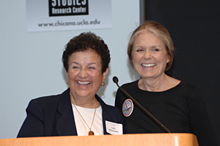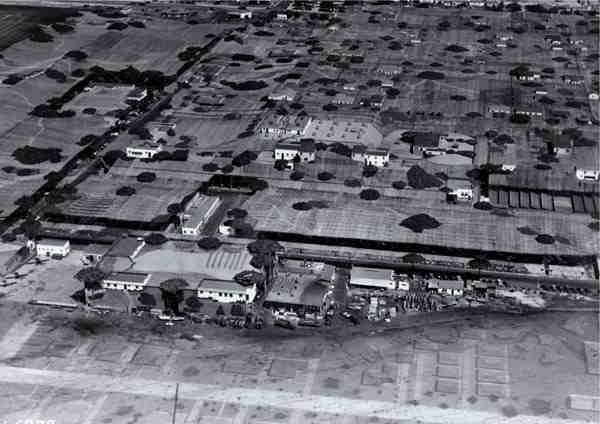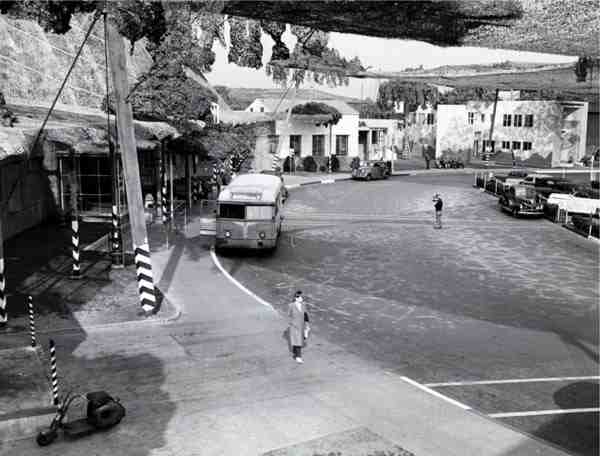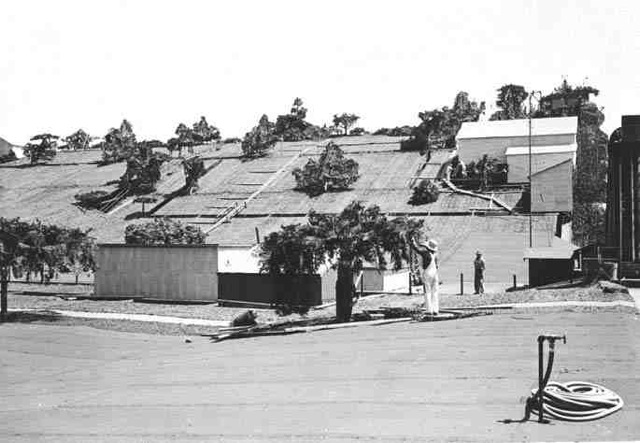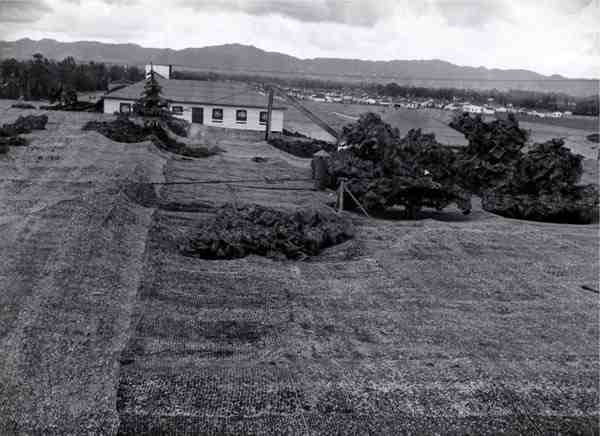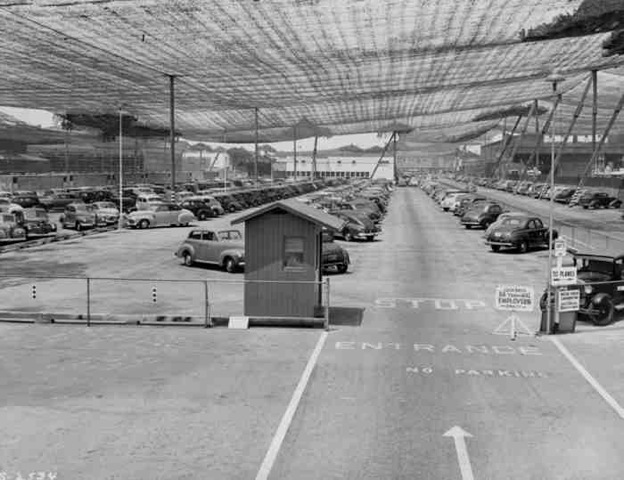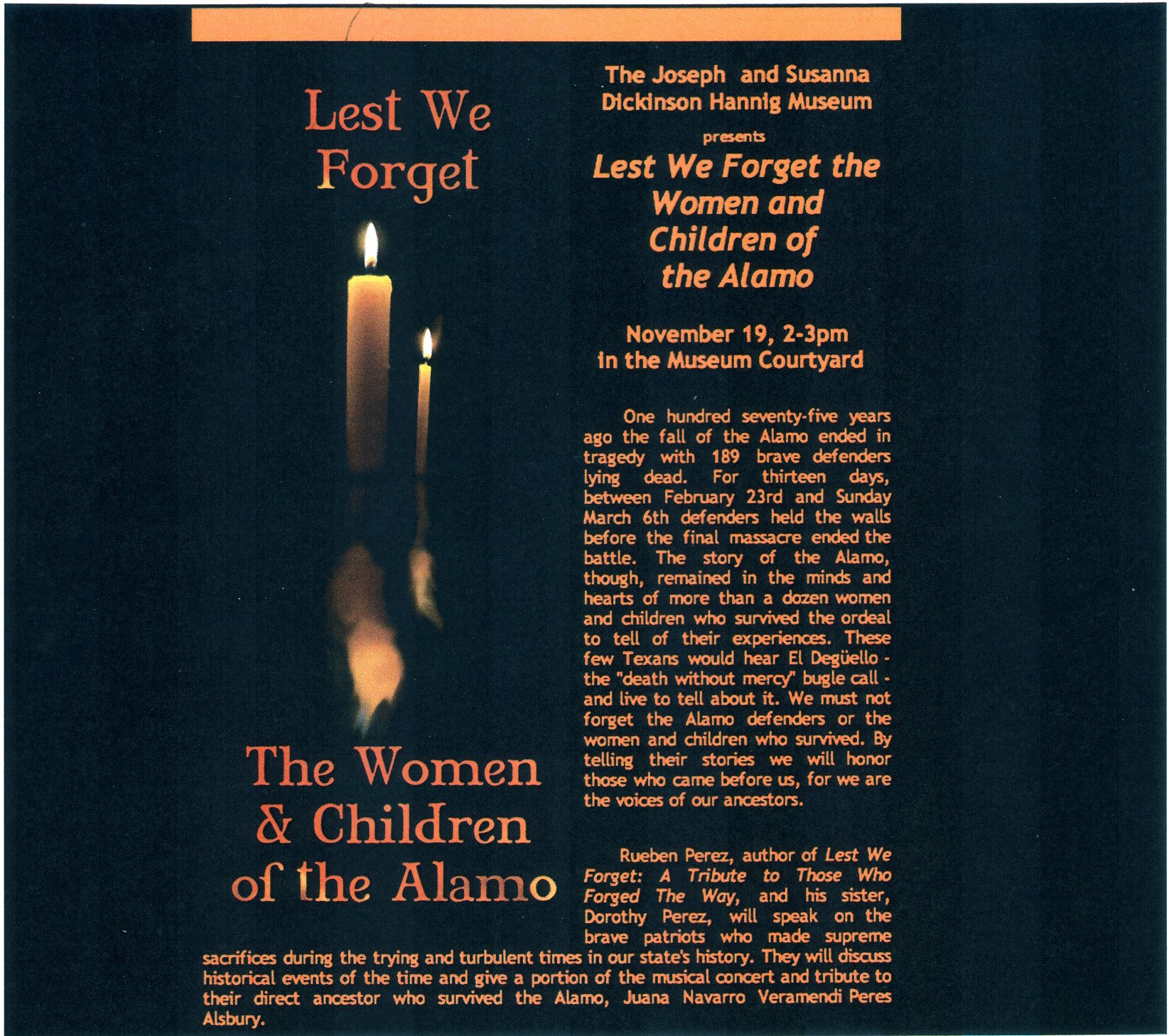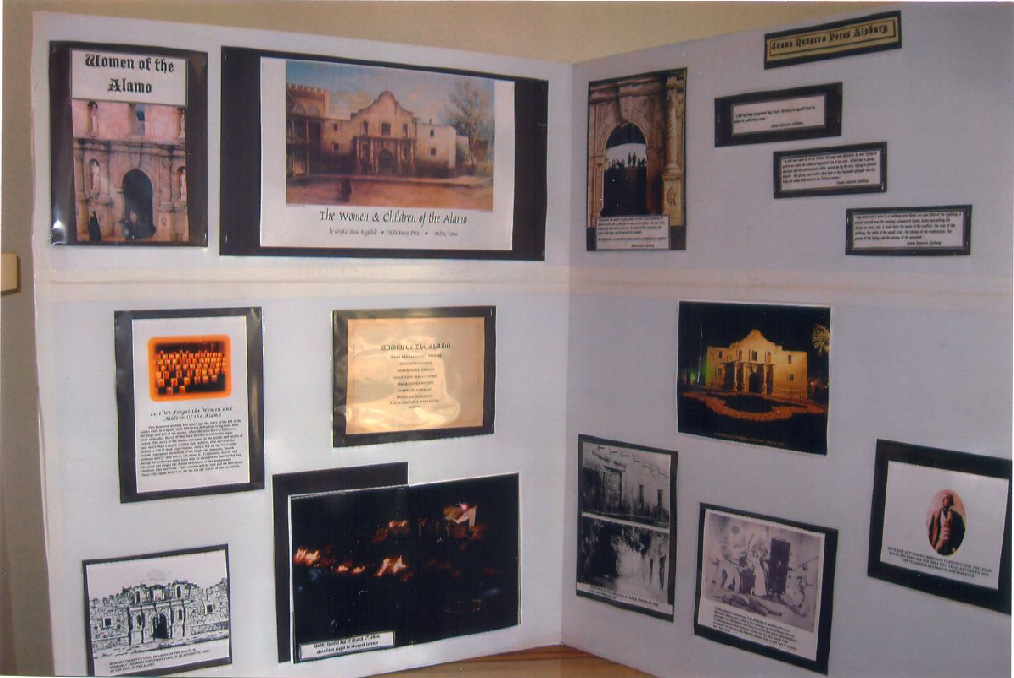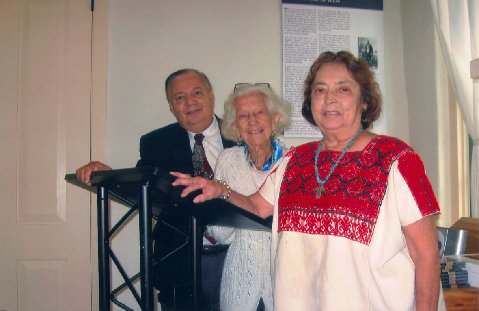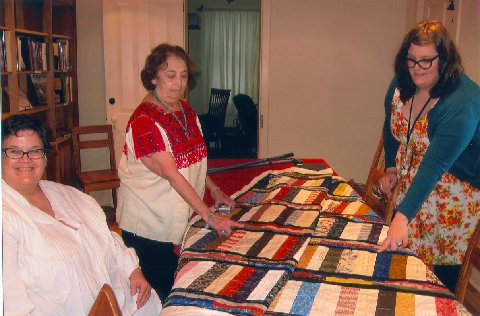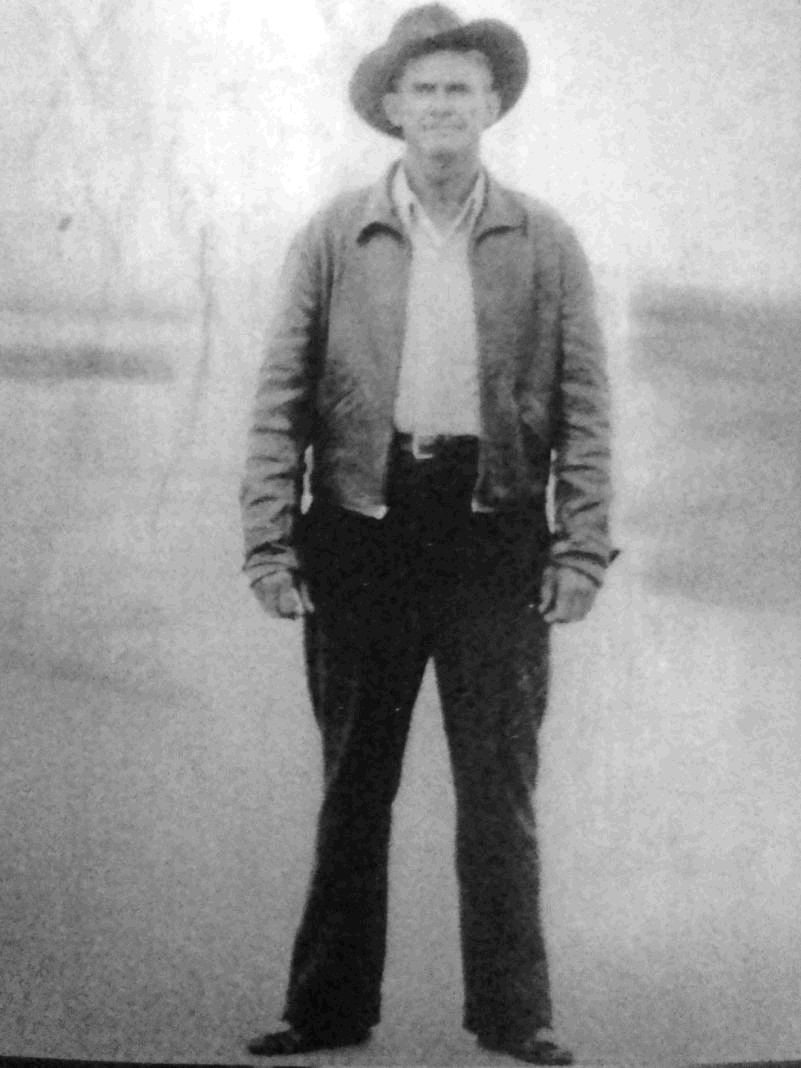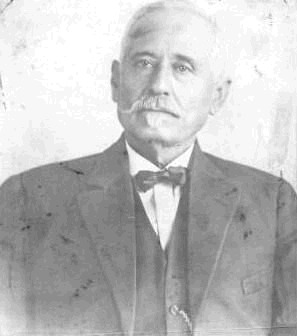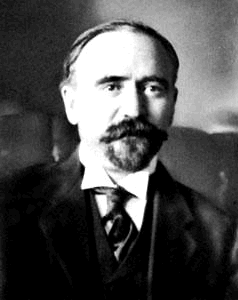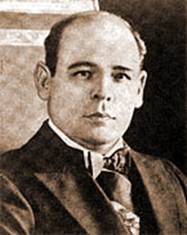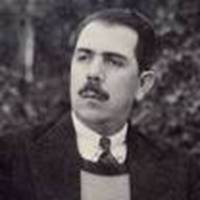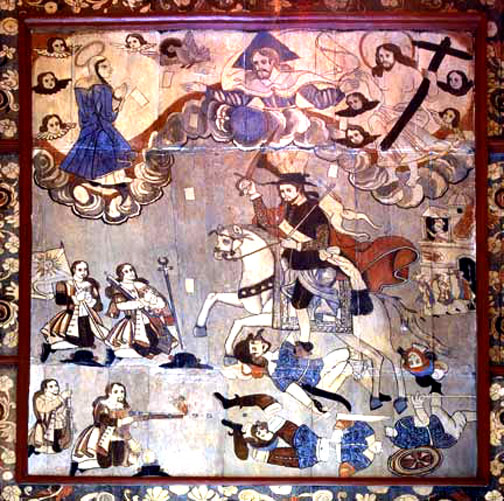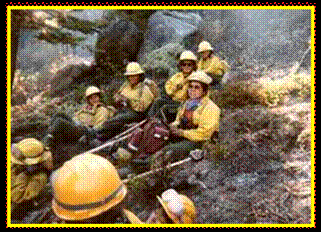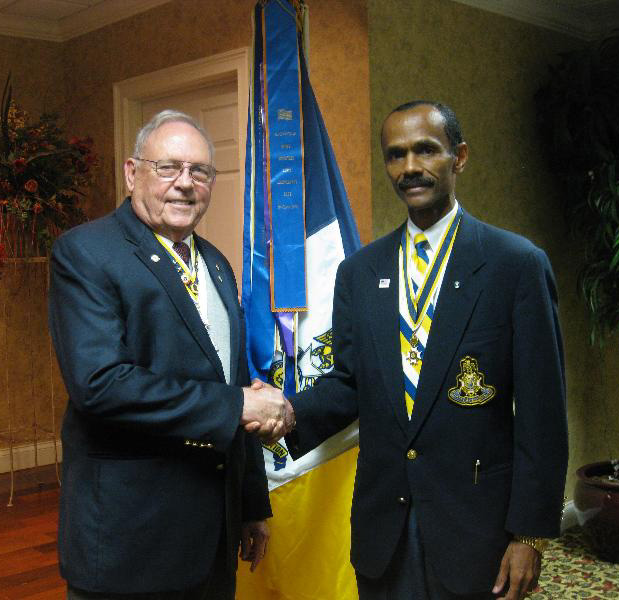LEST
WE FORGET THE WOMEN OF THE ALAMO
The following is a presentation made on November 16, 2011 at
the Joseph and Susanna Dickinson Hanning Museum in Austin, Texas.
The presenters were Rueben M. Perez and his sister Dorothy M.
Perez.
OPENING
INTRODUCTION:
When I was in fifth
grade elementary school we had classes in Texas History.
For a young person it was pretty exciting learning about
Texas History and the Battle of the Alamo.
However, I felt something was wrong and the picture of the
stories that I heard at home was different from what the teacher and
the books were saying. My
mother and I would pick my father up from work at the Post Office
directly across the street from the Alamo.
He would always say, over there is where your great great
grandmother and great grandfather were during the Battle of the
Alamo. Yet, that was
not what I was hearing at school.
They would only talk about Susanna Dickinson and her daughter
as survivors of the Alamo and in passing mention there were Mexican
women and children. It
was not until much later in life that I would know whom those other
women and children of the Alamo and come to appreciate my heritage
even more.
Today, history is in
the making being at the Joseph and Susanna Dickinson Hanning Museum
and having the opportunity to recognize all of the women and
children who were involve in the Battle of the Alamo.
One of the women is our great great grandmother, Juana
Navarro Veramendi Peres Alsbury.
Little has ever been mentioned as to who she really was.
To provide a quick background on Juana, her grandfather was
from Corsica. Her
father, Angel Navarro was in the Spanish Army and later responsible
for saving the Spanish Archives, signing the Bexar Remonstrance to
separate Texas from Coahuila, proclaimed independence from Spain as
Politico Jefe (mayor), and was Politico Jefe up to December 1835
prior to the fall of the Alamo.
The history books failed to recognize the Governor of Texas,
Juan Martin Veramendi had legally adopted Juana and that her
stepsister Ursula Veramendi was the wife of James Bowie.
Nor was it ever mention that her great uncle, Francisco Ruiz
was one of the only two native Texans to sign the Declaration of
Independence of Texas and her uncle, Jose Antonio Navarro, was the
only man to sign the Declaration of Independence, the Constitution.
All together, there were six family members in the Alamo,
Juana Navarro, baby Alejo E. Peres, sister, Gertrudis, Juana’s
husband who left, Dr. Horace Alsbury, brother-in-law James Bowie,
and Manual Peres, Mexican Army and brother in law to Juana.
As we honor and tell the story of Juana, we must not forget
the other brave women and children of the Alamo.
PROGRAM:
From the little Villa of San Fernando and the Royal Presidio
of San Antonio de Bexar, Province of Texas, the New Philippines the
words “Remember the Alamo” was heard around the world.
The call for independence was once again heard, as it was
earlier in the Texas connection to Mexico’s Independence.
One of the biggest battles that took place on Texas soil was
the Battle of Medina when Spanish Royalist forces under Joaquin de
Arredondo defeated the Republican Army of the North south of San
Antonio on August 18th, 1813.
Over 1,800 Spanish troops fought Colonel Bernardo Gutierrez
de Lara Republican Army of 1,500.
With the exception of a few who escape, those not killed on
the battlefield were captured and returned to Bexar and executed
daily at Military Plaza in San Antonio.
The remaining bodies lay on the battlefield without a burial
for 9 years. More lives
were lost in this battle than was during the entire battle of Texas
Independence.
Little is ever
mention about the over 300 women who were rounded up in Bexar
accused of having relatives supporting the rebel cause.
They were imprisoned, humiliated, and enslaved in La Quinta
for 54 days. Many
suffered daily lashes, forced to work making tortillas for the
soldiers while their children were in the streets begging for food.
The price was steep for the women who lost their husbands in
the battle or captured and executed.
Many families
fled and later had their homes confiscated for not being loyal to
the Spanish Crown.
Twenty-three years later, this scenario was to be repeated.
Brave men and women would help forge the history of Texas at the
Battle of the Alamo. We
must tell their stories, become their voices and remember their
heroic efforts. Our
brave patriots made supreme sacrifices during the trying and
turbulent times in our state’s history. Many of our ancestors
played an important role in the quest for Independence of Texas from
which we gain freedom and opportunity that we still enjoy in our
country today. Yet
after 175 years the brave women and children remain largely unknown,
unsung, and unhonored. Those
who fought and died at the Alamo have become legendary heroes and
the siege and Battle of the Alamo means many things to many people,
for those of us who are direct descendants, that page in history
becomes more meaningful.
During the first Alamo Descendant Association meeting in
1995, inside of the Alamo Chapel, the grandson of Alejo Perez, the
youngest survivor and the last to die in 1918 stepped up to the
podium to give the opening prayer.
With tears in his eyes, his voice quivering and unable to
conclude the prayer, this person had been born just early enough to
know as a child his grandfather, an Alamo survivor.
The distance of time seemed suddenly much shorter, as there
stood a person who knew someone who had been in the 1836 battle.
It was as close as most of us would ever be to the people and
the event. This person
was our father.
Families have since been bonded together to honor their
ancestors, the brave patriots who left their blood or legacy at the
Alamo on that cold Sabbath morning, March 6th, 1836.
One hundred seventy five years ago the fall of the Alamo ends
in tragedy with 189 brave defenders lying dead after the siege and
fall of the Alamo. After
thirteen days in February 23rd to Sunday March 6th the
final massacre within the walls ended.
The story of the Alamo remained in the minds and hearts of
all of us and for those who survival the ordeal to tell of their
experiences. Only a few
on the Texas side would remember the sound of the bugle, the
deguello, “death without mercy” and live to tell about it.
Frightened, scared and facing the unknown, their lives would
be changed on that fateful day.
We must not forget the Alamo defenders or the women and
children who survived. Their
stories will be told and we will honor those who came before us, for
we are the voices of our ancestors.
On this special occasion we would like to take the time to
celebrate and respectfully honor the women and children of the
Alamo. The brave and
gallant women who sustain enormous trauma, stress, and for those who
had lost their husbands in the supreme sacrifice made for
Independence.
There were women
and children, a dozen or so of them.
To this day, no one knows exactly just how many or who they
were all were. What we
do know is that their lives were all changed.
Let
us take a moment to remember and honor the brave women and children
of the Alamo.
WOMEN
AND CHILDREN OF THE ALAMO
JUANA
NAVARRO PERES ALSBURY
SUSANNA
DICKINSON
ANGELINA
ELIZABETH DICKINSON
ANA
SALAZAR ESPARZA
ENRIQUE
ESPARZA
FRANCISCO
ESPARZA
MANUEL
ESPARZA
MARIA
DE JESUS CASTRO ESPARZA
PETRA
GONZALES
CONCEPCION
CHARLI LOSOYA
JUAN
LOSOYA
JUANA
LOSOYA MELTON
GERTRUDIS
NAVARRO
ALEJO
PERES
BETTIE
VICTORIAN
DE SALINAS
ANREA
CASTANON VILLANUEVA |
24 years old
22 years old
15 months old
33 years old
8 years old
3 years old
5 years old
10 years old
unknown
57 years old
unknown
20 years old
20 years old
11 months old
unknown
and three daughters
50 years old
|
The past is always
with us; we must not let it escape.
The stories of our brave ancestors must be recorded, told and
re-told for future generations.
Lest we forget those who forged our history.
We are the voices of our ancestors.
Let neither their names, nor their life stories remain locked
in the tombs of the archives. Honor
them; respect them, for they are the brave souls who preceded us,
gave us the freedom and the life we enjoy today.
Their voices can no longer be heard, for they are gone in the
annals of history. As
we move forward in time, we take this moment to remember those who
went before us. We are
now the voices of the past. We
must continue to tell their stories about their lives, their
accomplishments and let their stories be told to future generations.
We honor and memorialize Texas brave and notable men, women,
and children of the Alamo. On
this special occasion, we will honor a noted Tejana woman and Alamo
survivor, Juana Navarro Veramendi Peres Alsbury.
As we do, she will represent all of the brave women whose
lives encumbered the
rich heritage and history of our State.
Her family came from afar, over the dusty trails of Texas to
carve a place in the history of San Antonio and Texas.
Juana Navarro was born on December 28, 1812 in Villa de San
Fernando de Bexar to the parents of Jose de los Angel Navarro and
Concepcion Cervantes Peres. The
time was during a period of unrest for the settlers of New Spain and
the Provincial of Texas. The
American colonies won their independence from the British, now the
Spanish Colonies were seeking their freedom and independence from
Spain. Shortly
after Juana’s birth, storm clouds gathered.
Her father, Angel Navarro was in the Spanish Army but later
discharged for taking the revolutionary side of independence.
Shortly after Juana’s birth, the Battle of Medina occurred
south of San Antonio on August 18, 1813.
The lives of Texas residents would become chaotic, a schism
would divide their loyalty, but they would continue the quest for
freedom.
The changing winds, storms and the quest for freedom in the
new world ravaged the citizens of Bexar.
Many fled before the Battle of Medina and later returned to
find their homes and property confiscated.
Juana was five years old when her father separated from
her mother who was no longer able to care for the children.
He took Juana to live at the Veramendi Palace, home of Juan
Martin Veramendi, Governor of the Province of Texas and Maria Josefa
Navarro Veramendi. They
adopted Juana as their own and she would grow up with her
stepsister, Ursula Navarro Veramendi.
The
Veramendi’s Palace backed up on the banks of the San Antonio River
and many stately guests and dignitaries would be entertained at the
Veramendi’s home where Juana grew up with Ursula.
The aristocratic Spanish, Mexican officials held formal
events at the Palace, along with newly arrived Texans.
One noted visitor to the Veramendi Palace would capture the
eye of Juana’s stepsister, Ursula, and he would be James Bowie.
The childhood and
adolescent life for the girls was good as they grew up.
As children, they would play on the back porch of the
Governor’s Palace, and cool off in the San Antonio River during
the extreme heat.
Fredrick Chabot said, “If the walls of the Veramendi Palace
had ears, and the walls of the Veramendi House had also a mouth to
talk, both could tell stories of romance, war, battles, politics and
death that would fill volumes of Texas Tales”.
Both Ursula and Juana would fall in love and marry their
loves; Ursula Veramendi married James Bowie and Juana, married Alejo
Peres both in San Fernando Church.
Juana’s marriage certificate read, Dona Maria Juana de
Beramendi, adopted daughter of Don Juan de Beramendi and Dona Maria
Josefa Navarro. One can
imagine the many nights the girls whispered in each other ears about
their love ones. Later
a child would be given to Juana, his name Alejo De La Encarnacion
Peres.
The storm clouds
would again ravage the land and the people, this time, not in war,
but Cholera. The days
ahead of Juana would be the most difficult she ever experienced in
her life, tragedy would strike the Veramendi family.
Juana lost her adopted parents, stepsister, Ursula, and later
her husband due to Cholera.
In October 1835, Juana with little Alejo, less than a year
old would witness the Siege of Bexar; Texas had begun the struggle
for independence. This
time the foe was not Spain, but the Republic of Mexico.
Juana married her second husband Dr. Horace Arlington Alsbury
following the Siege of Bexar in January 1836.
The winter storm clouds gather as the air turned colder,
further turmoil would mount and the Battle of the Alamo would occur
soon.
Tension mounted throughout the state, word had spread that
Santa Anna has started his invasion of Texas in February 1835.
On February 13, 1836, Santa Anna’s army was delayed by a
snowstorm in northern Coahuila.
Residents of Bexar were again frightened of what laid ahead
of them. Dr. Alsbury,
Juana’s husband, would leave his new family entrusting them to
James Bowie as the Mexican Army entered Bexar.
He departed for Gonzales to warn the settlers of Gonzales and
to seek reinforcements for the Alamo. Dr. Horace Alsbury was the
interpreter and spy assigned to capture Santa Anna under Capt. John
York’s Company of the Texas Republican Army.
James Bowie would take Juana, baby Alejo, and sister,
Gertrudes to the Alamo for protection.
The time is drawing near, drums beating from a distance, men
marching to the cadence, weary after a long trip.
The Mexican troops finally entered Bexar.
This battle was the one the world would remember forever, a
battle that would be written up in the annals of time and reach all
over the world and remembered in our hearts, “REMEMBER THE
ALAMO”. James
Bowie, brother-in-law would take Juana, along with baby Alejo, and
Gertrudis, sister to the Officer’s Quarter in the Northwest sector
of the Alamo perimeter.
The nights and days move slowly from February 23rd
to that dreadful day. The
people of Bexar were all in a panic. The Mexican troops were upon
them, as they would see the campfires of the troops glowing in the
cold night air. The
soldiers on both sides tense, their honor at stake, their lives on
the line and all knew what was ahead.
The
following is an actual account of Juana’s interview in her own
words, as recorded by John S. Ford.
Juana
to John Ford: “
Colonel Bowie was very sick with typhoid fever. A couple of soldiers
carried him away, he said, Sister, do not be afraid, I leave you
with Col. Travis, Col. Crockett, and other friends.
They are gentlemen, and will treat you kindly.
I saw him two or three times and the last time was three days
before the fall of the Alamo.
“ I do not know who nursed him after he left our quarters,
there were people in the Alamo I did not see.
My sister and I were in a building over there, we saw little
of the fighting, I peeped out and saw the surging columns of Santa
Anna assaulting the Alamo on every side, I could hear the noise of
the conflict- the roar of the artillery, the rattle of the small arm
– the shouts of the combatants, the groans of the dying, and the
moans of the wounded.
The fighting stop, I realized the Texians had been
overwhelmed in numbers.
“I asked my
sister, Gertrudes to open the door, when she did, she was greeted by
offensive language by the soldiers.
The tore her shaw from her shoulders.
I had my baby up against my chest, thinking to myself that he
would become motherless soon.
The
soldiers shouted to Gertrudes, YOUR
MONEY AND YOUR HUSBAND, she told
them, “I HAVE NEITHER
MONEY NOR HUSBAND”.
Juana went on to say
“A sick man came up to me, I think his name was Mitchell, he was
trying to protect me when the soldiers bayoneted him at my side.
After that a young Mexican who the soldiers were after,
seized me by the arm, trying to protect himself.
His grasp was broken when four or five bayonets plunged into
his body and many balls entered his lifeless corpse.
The soldiers broke open my trunk and took money and clothes,
also the watches of Col. Travis and others.
Juana
continued: “A
Mexican soldier came over and excitedly inquired:
“How
did you come here?” “What are you doing here any how?”
“Where is the entrance to the fort?” Stand here by this cannon,
I am sending for President Santa Anna.
Soon, another officer came up and asked, “What are you
doing here?”
“A
officer ordered us to remain here, and he would have us sent to the
President”
At that
moment, the officer said: “President!
The devil. Don’t
you see they are about to fire that cannon? Leave.”
They were moving away when they heard a voice calling
–“Sister.” as he approached her, he said, “Don’t you know
your own brother-in-law?”
Juana
said: “It was Manual Peres, my first husband’s brother, I told
him, “ I am so excited and distressed that I scarcely know
anything” “ he placed us in charge of a black woman belonging to
Col. Bowie, and we went to our father’s house in safety.
Juana
finished her interview with Ford: “ To my best remembrance, I
heard firing at the Alamo to twelve o’clock that day.”
Juana witnessed Texas
going from the Republic of Mexico to the Republic of Texas.
Tensions continued between both countries.
Again Juana would face further hardships when, Dr. Alsbury
was captured at the Bexar County Courthouse during the Woll’s
Invasion and imprisoned in Mexico.
She and Alejo, along with 150 family members traveled to
Candelia, Coahuila, Mexico to await their loves ones release from
Perote Prison. Dr.
Alsbury was released from prison and around 1847 was killed during
the Mexican-American War. Juana
went to live at San Juan Mission with Alejo.
He married Maria Antonio Rodriguez and joined the Confederacy
and later married a second time and had grandchildren from both
marriages.
Life had taken its toll on Juana, as it did on so many others
brave and heroic women of Texas who helped forge the way and stand
behind their principles. She
had lived life as princess, endured the turbulent times of Texas
history, and was now reduced to a frugal existence in her later
years. Her only
son, the youngest baby, became the last living survivor of the
Alamo.
Her life would come to an end on July 23, 1888,
unknown to mankind as to where she rests today, known only to her
son who buried her at the Rancho de la Laguna Redonda.
The death notice was in the personal journal of Juana’s
son, Alejo E. Perez, and is written in his hand and reads.
Juana
Navarro y Alsbury
The
23rd day of July of 1888, died at 4:30 in the afternoon
at the age of 78 years at the Rancho de la Laguna Redonda where she
is buried. Alejo E.
Perez
We pay honored and tribute to all of the brave men, women,
and children who were in the Alamo and help forged Texas history.
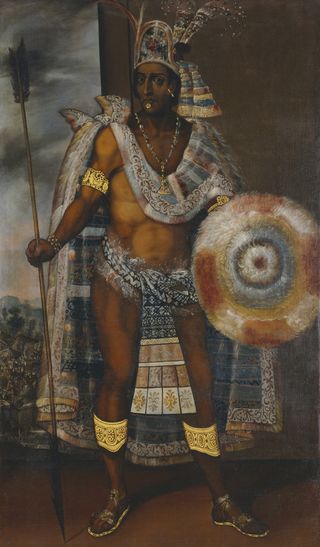 Sometimes
the colossal fruits are piled on the ground, surrounded by
green tropical lushness. Mostly, though, they're displayed
atop baroque stone pedestals. A giant guava in the fertile
jungle becomes the functional equivalent of a heroic warrior
commemorated by a bronze sculpture in an important civic
plaza, or perhaps a religious saint's statue venerated in a
church. Ecuador, then in the late stages of the Spanish
Viceroyalty of Peru that stretched along the Pacific coast,
gobbling up what once had been the powerful Inca empire, is
cast as a prosperous New World Eden.
Sometimes
the colossal fruits are piled on the ground, surrounded by
green tropical lushness. Mostly, though, they're displayed
atop baroque stone pedestals. A giant guava in the fertile
jungle becomes the functional equivalent of a heroic warrior
commemorated by a bronze sculpture in an important civic
plaza, or perhaps a religious saint's statue venerated in a
church. Ecuador, then in the late stages of the Spanish
Viceroyalty of Peru that stretched along the Pacific coast,
gobbling up what once had been the powerful Inca empire, is
cast as a prosperous New World Eden.


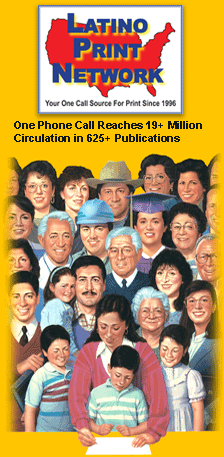
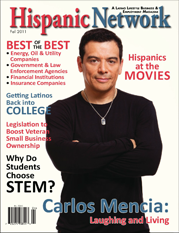



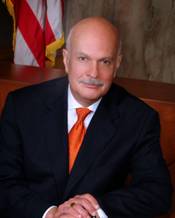
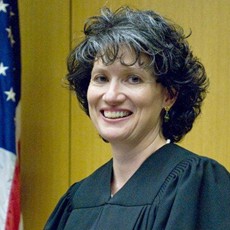
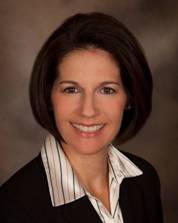

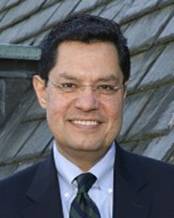
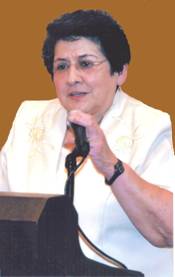
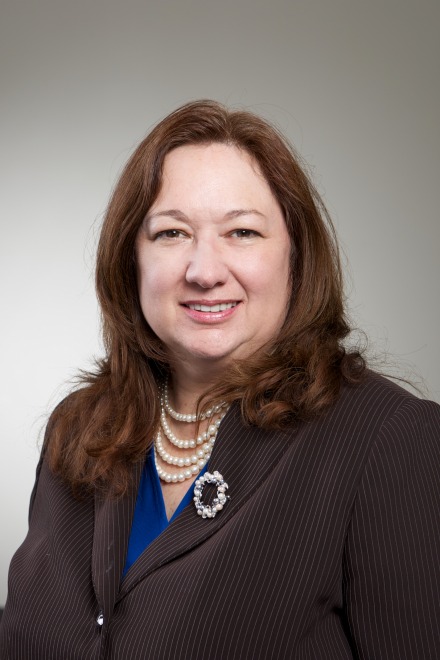

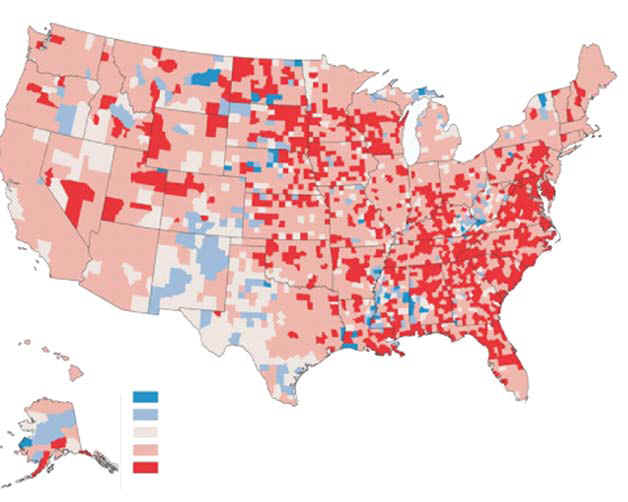


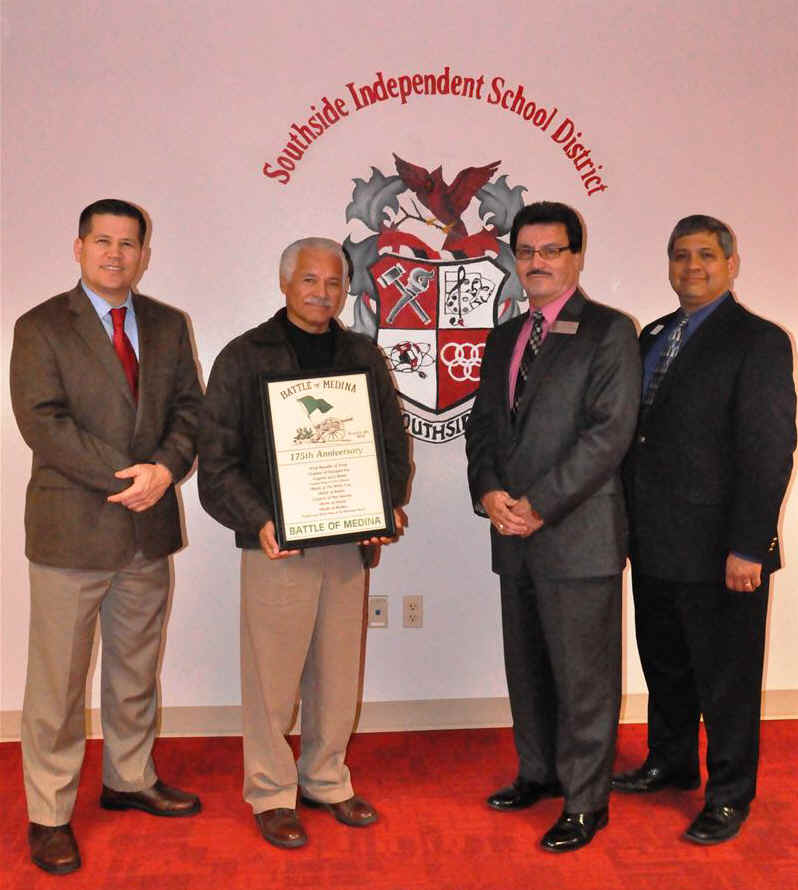
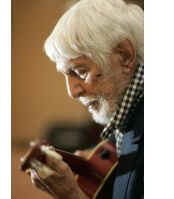
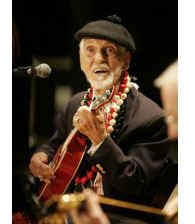
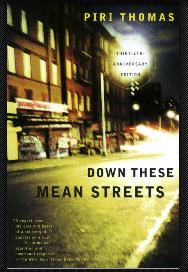
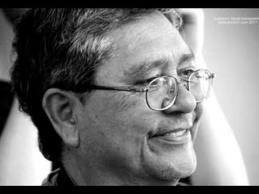
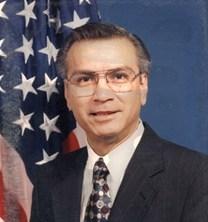
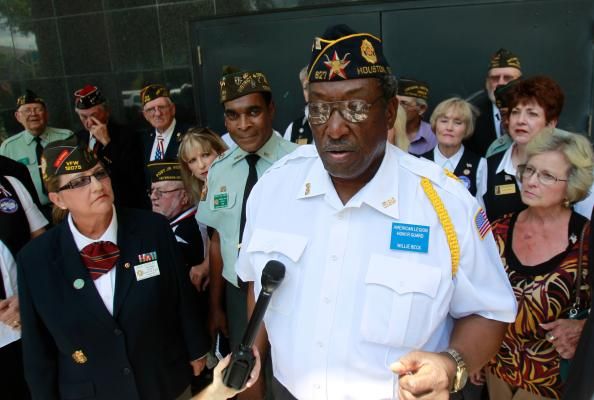

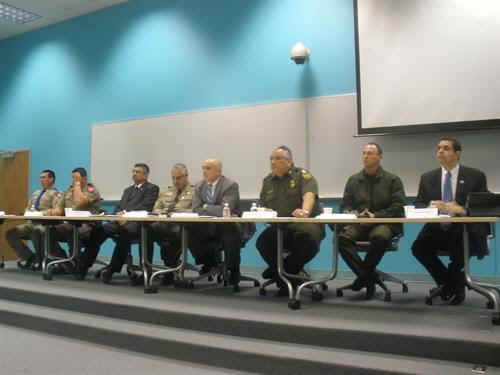

 A
U.S. Customs and Border Patrol agent drove along the international
border fence near Nogales, Ariz in September 2010.
A
U.S. Customs and Border Patrol agent drove along the international
border fence near Nogales, Ariz in September 2010. 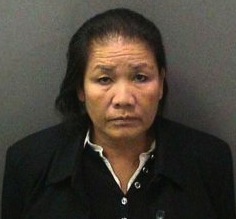

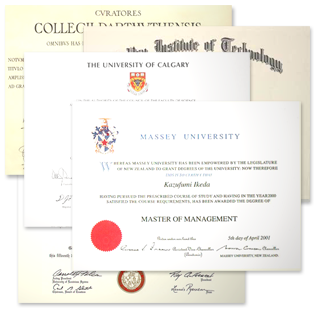 We
are the #1 site on the
internet for TRUE authentic
quality
We
are the #1 site on the
internet for TRUE authentic
quality 






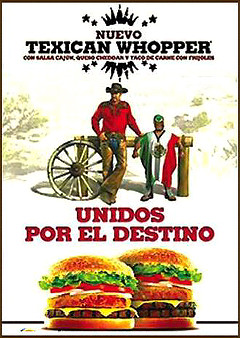



 On
the 2012 winter solstice, the earth will be
aligned with the center of the Milky Way for the
first time in 26,000 years. How we interpret this
cosmic event -
On
the 2012 winter solstice, the earth will be
aligned with the center of the Milky Way for the
first time in 26,000 years. How we interpret this
cosmic event - 


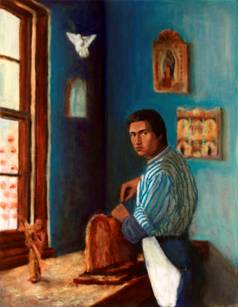

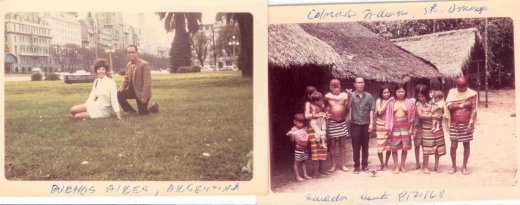
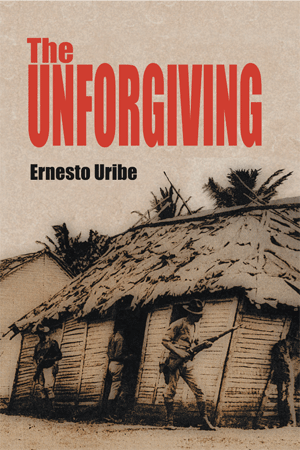

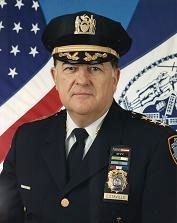
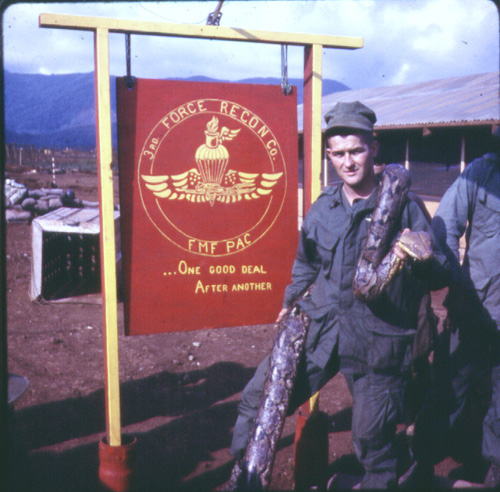
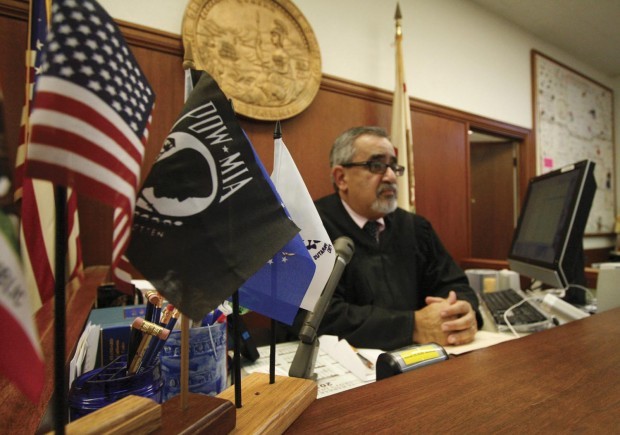
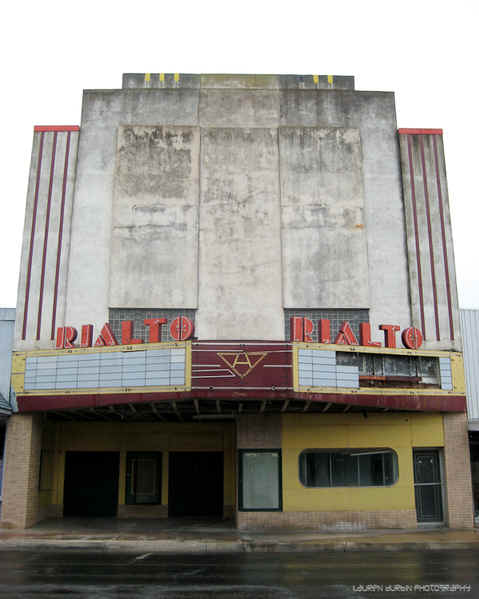






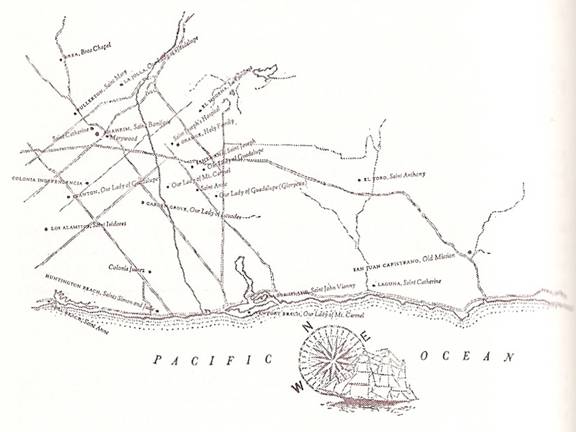
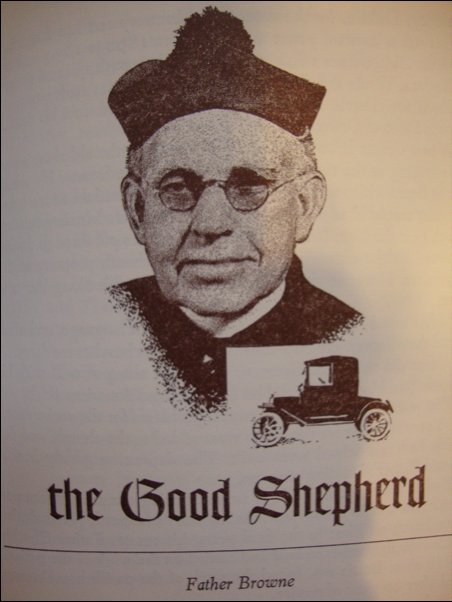
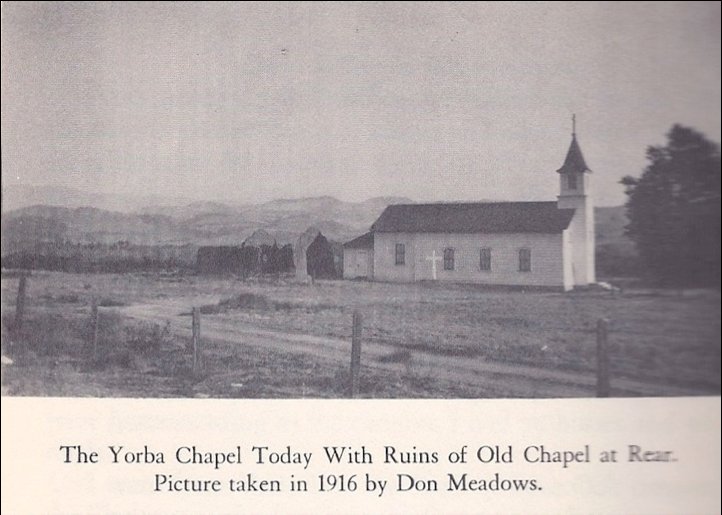
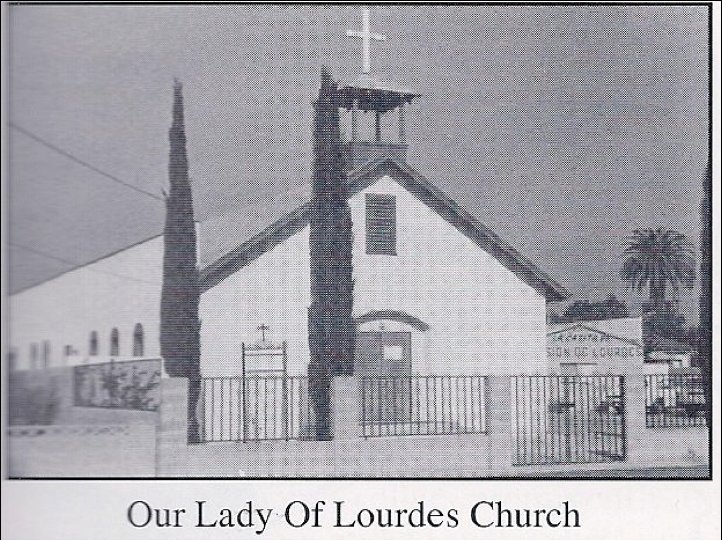
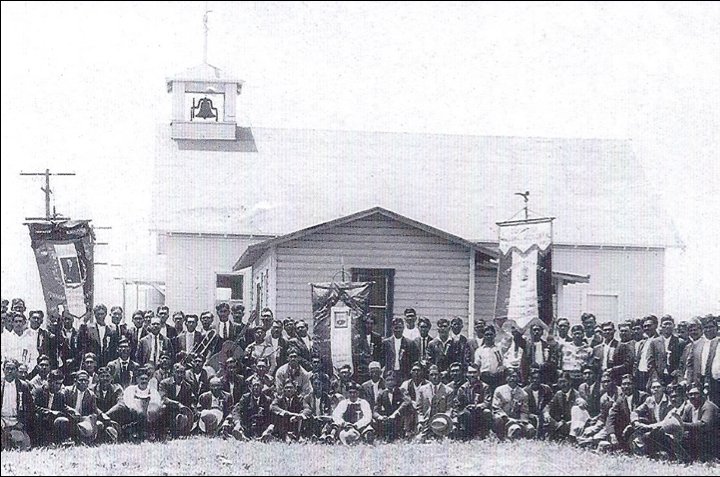
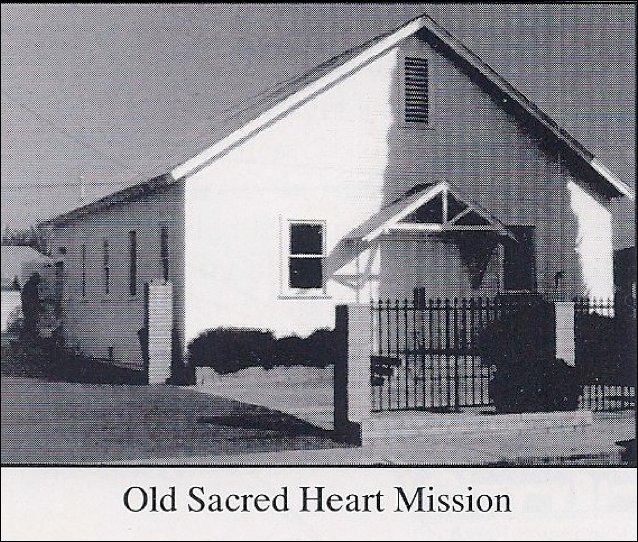
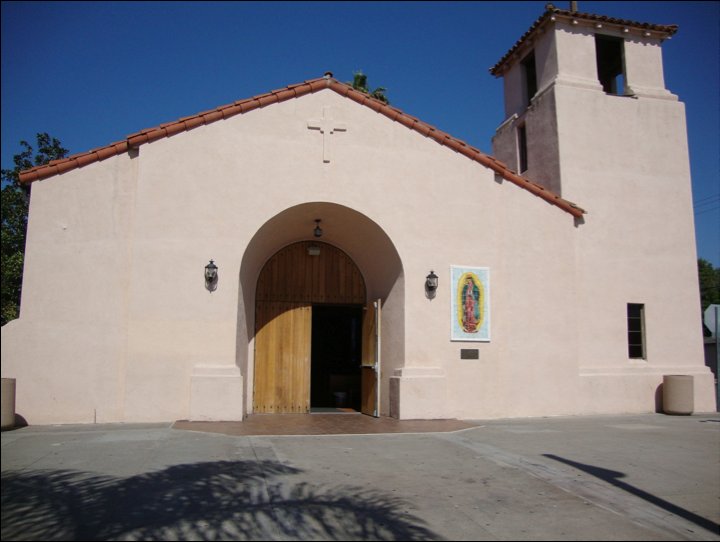
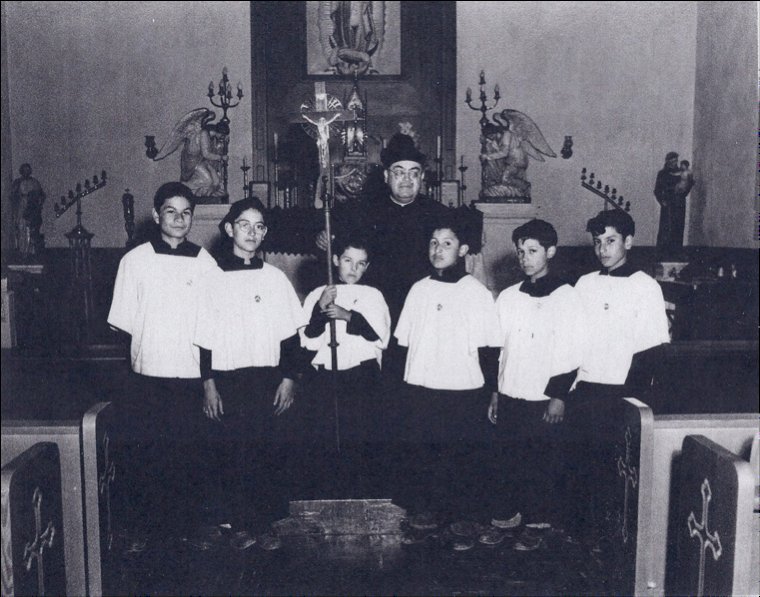
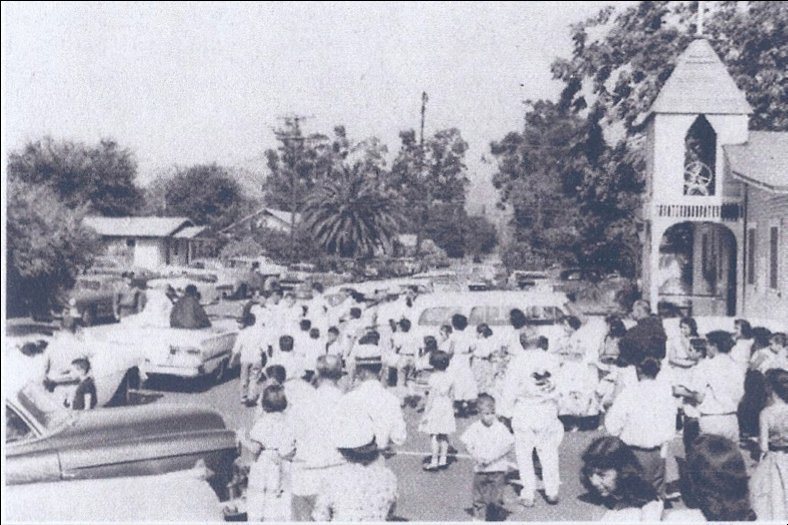
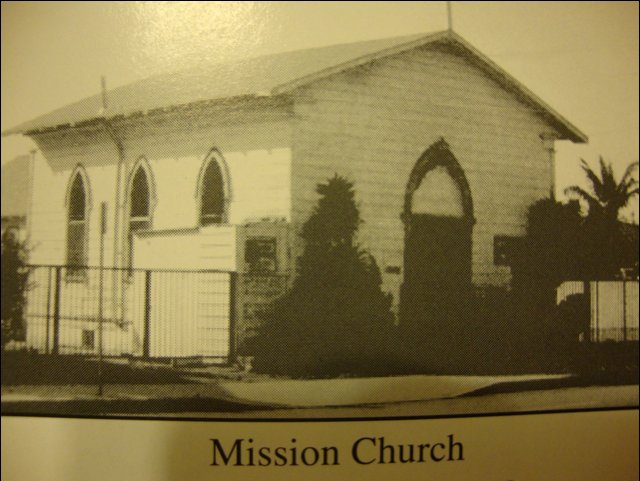
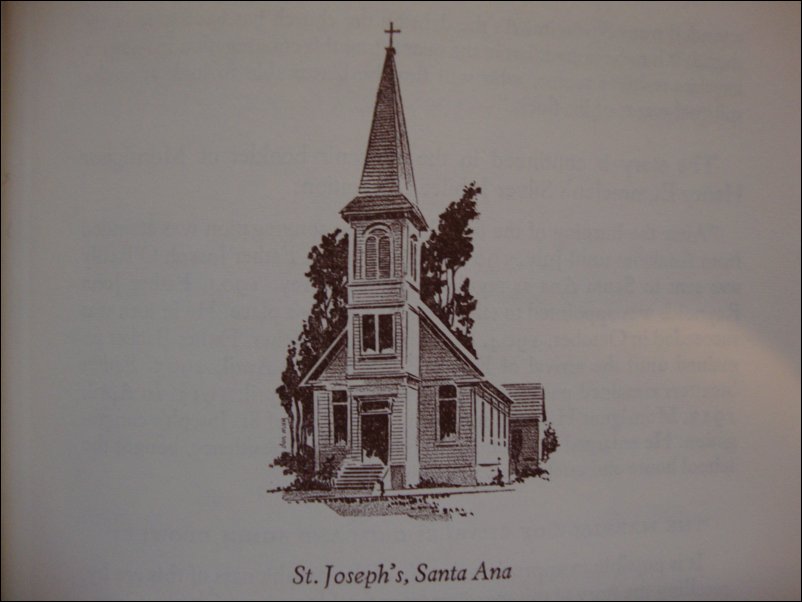
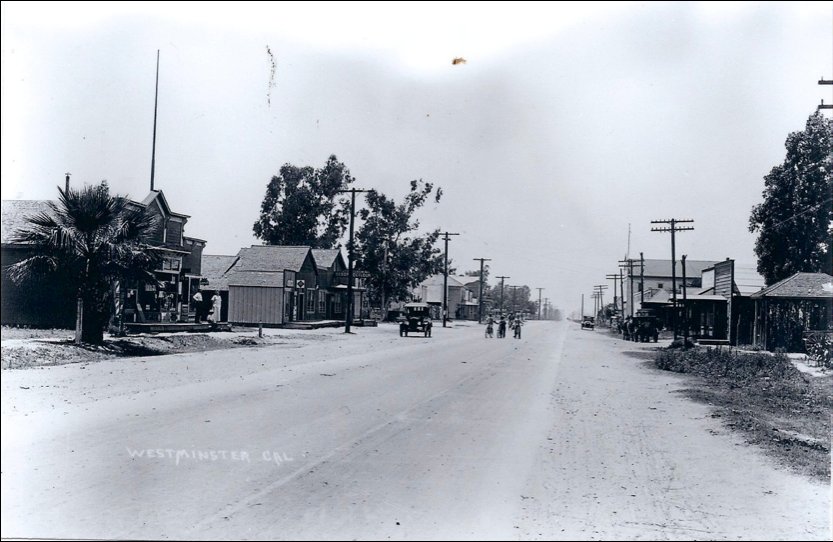
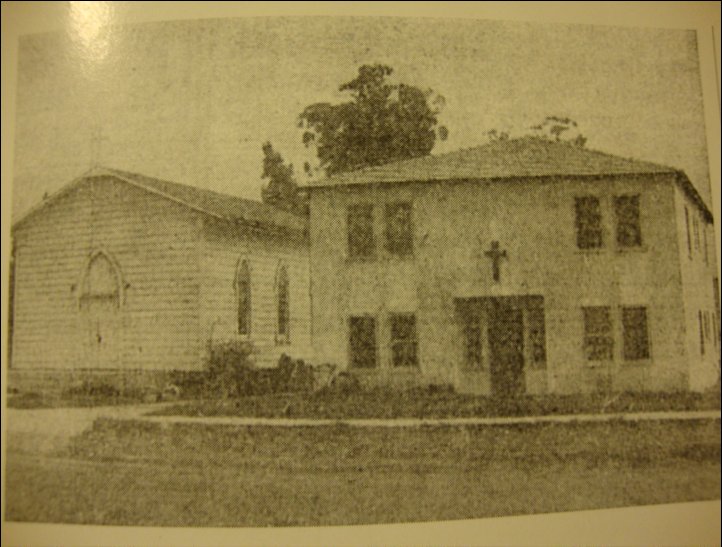
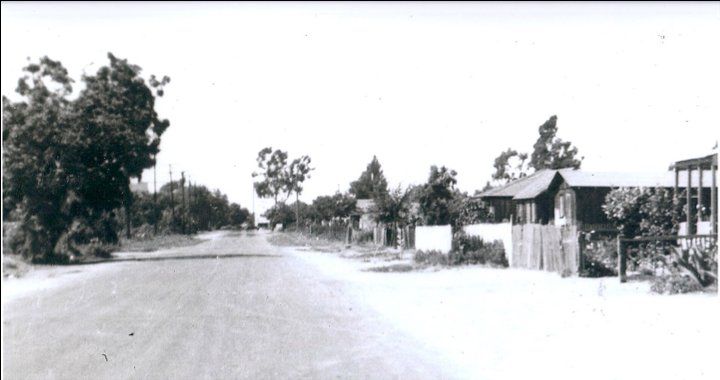
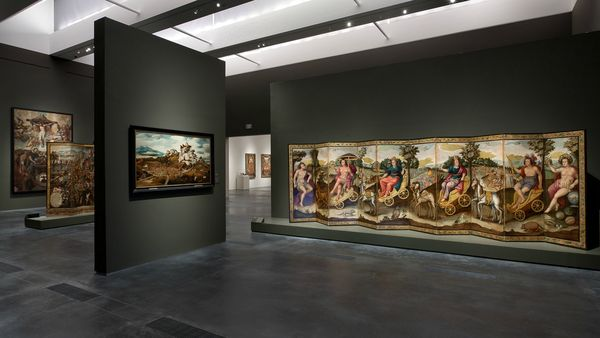
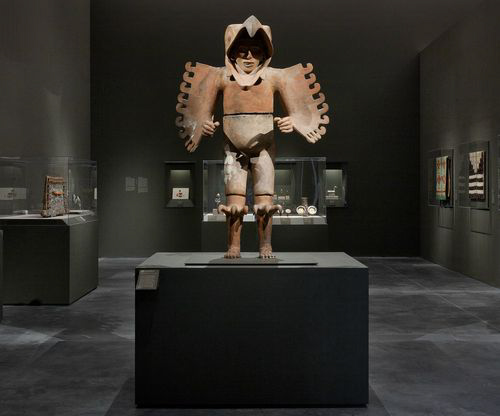
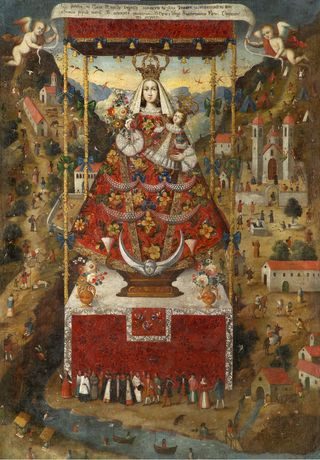 That's
very different from European Baroque paintings, in which
artists cranked up eye-popping illusions of the world as a
theatrical stage for the enactment of salvation. Europeans
needed to combat the barren iconoclasm of the Protestant
Reformation, but that type of pictorial theater didn't
matter in Mexico and Peru, since Protestantism hardly
existed. European Baroque paintings elaborated space, but
colonial Baroque paintings elaborated surfaces.
That's
very different from European Baroque paintings, in which
artists cranked up eye-popping illusions of the world as a
theatrical stage for the enactment of salvation. Europeans
needed to combat the barren iconoclasm of the Protestant
Reformation, but that type of pictorial theater didn't
matter in Mexico and Peru, since Protestantism hardly
existed. European Baroque paintings elaborated space, but
colonial Baroque paintings elaborated surfaces.